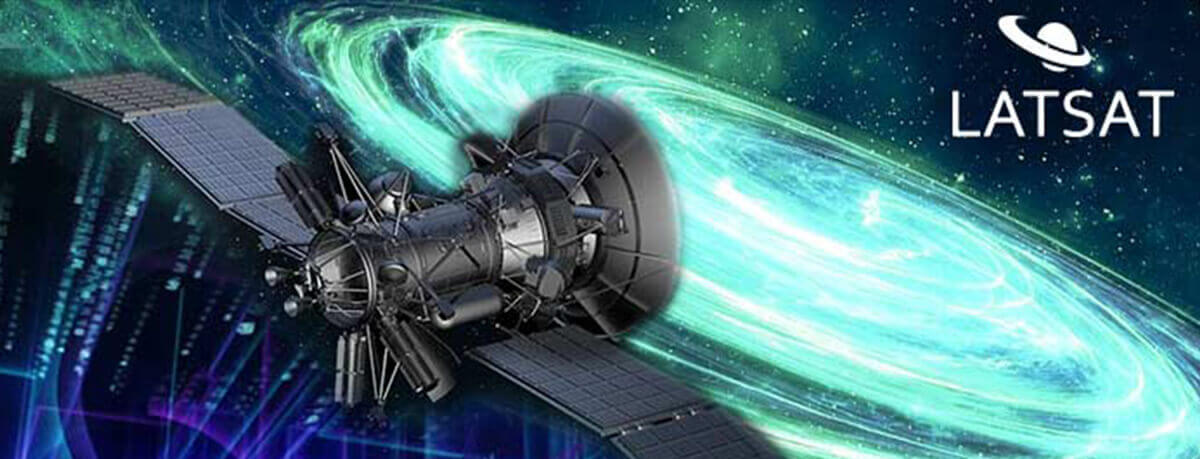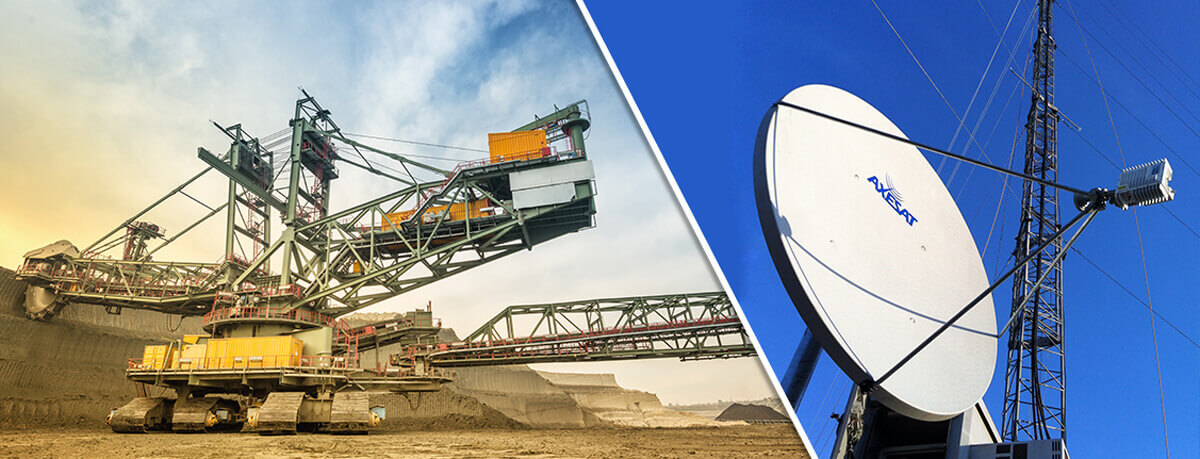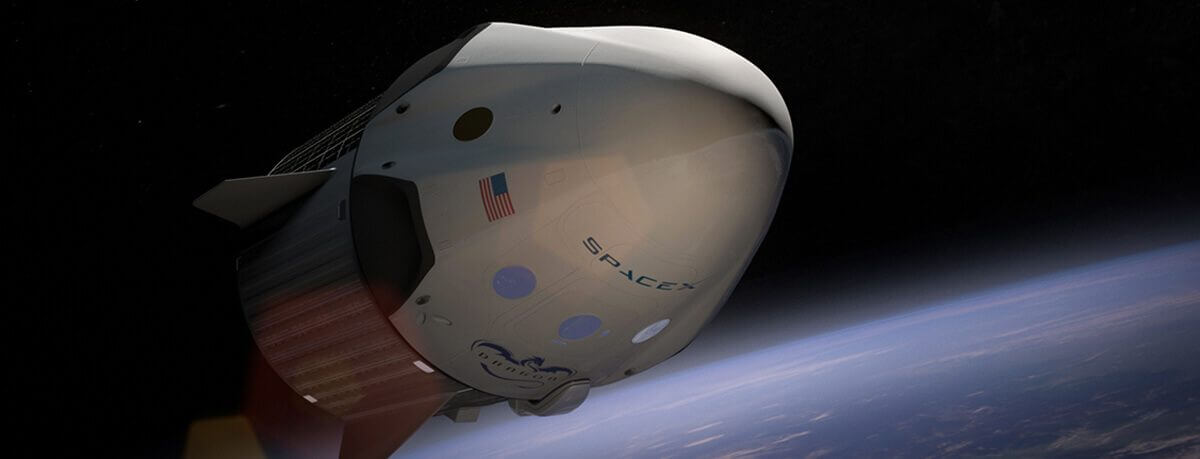
LATSAT 2017, telecommunications, connectivity and satellite communication event
22 May, 2017
Satellite Antennas an alternative for the mining industry
11 July, 2017The space industry bets on the reuse of elements for the construction of new rockets.
The golden age of space was during the period of the Cold War between the Soviet Union and the United States, competing for their technological power, through the conquest of the Moon. Space aeronautics had at that time, more development than ever. Until now.
The South African commercial aerospace company owned by Elon Musk, SpaceX, successfully completed the trip of the first recyclable rocket. In 2016, the first stage of the Falcon 9 was released and was again used to place the EchoStar XXII satellite this March, returning to Earth last week, after a 15-day trip.
“These records that Elon Musk is breaking in terms of aerospace technology are very important for the satellite industry,” said Mauricio Segovia, president of AXESS. “Until this achievement, each person, machine or repair that was wanted to do in space, required the construction of a new rocket. What SpaceX has shown us is that this substantial investment does not have to be so ephemeral. This milestone will revolutionize the satellite market altogether.”
With Falcon 9 technology and engine reuse it is possible to reduce costs by up to 30%.
The reuse of Falcon 9 not only included rebuilding the engines; Two metal parts that have the function of protecting the satellite during the journey to its final destination were also reused, the approximate cost of these parts is about 6 million dollars, according to information provided by SpaceX and Musk.
A month ago, while Elon Musk is committed to the reuse of parts and components for the shipment of its vehicles to space, India recorded a new record by launching 104 satellites simultaneously from a single space rocket. We can say that we are at the beginning of a new era where the objectives are not only to reach space, but to maximize the way it arrives, under what conditions and under what premises. In the space race to reduce costs, perhaps India and SpaceX are the pioneers in this new galactic era.
The reuse of parts would help reduce costs, since a space mission can lead to disastrous scenarios and as a result have huge losses, the satellite industry is a very high-risk sector, but with the reuse of elements this risk of economic loss can be reduced. In the summer of this year Elon Musk has planned the trial launch of the Falcon Heavy, they claim that this is the most powerful rocket in the world. Elon Musk declares that after the success of the launch of Falcon 9, his company will not stop. The Falcon Heavy will combine three propulsion systems of the Falcon 9 models, and it is already compared to the famed Saturn V, which took the first men to the Moon. (See satellite phone)






